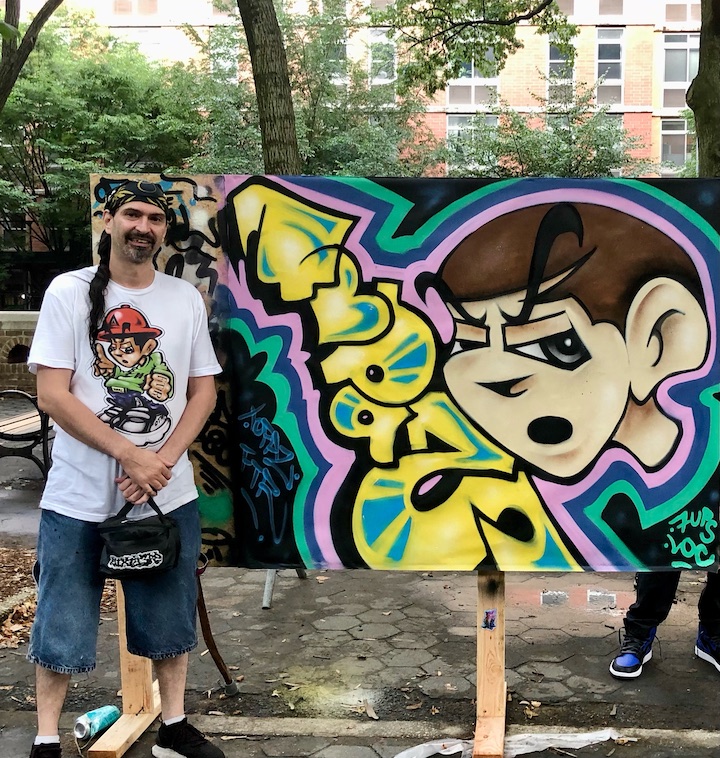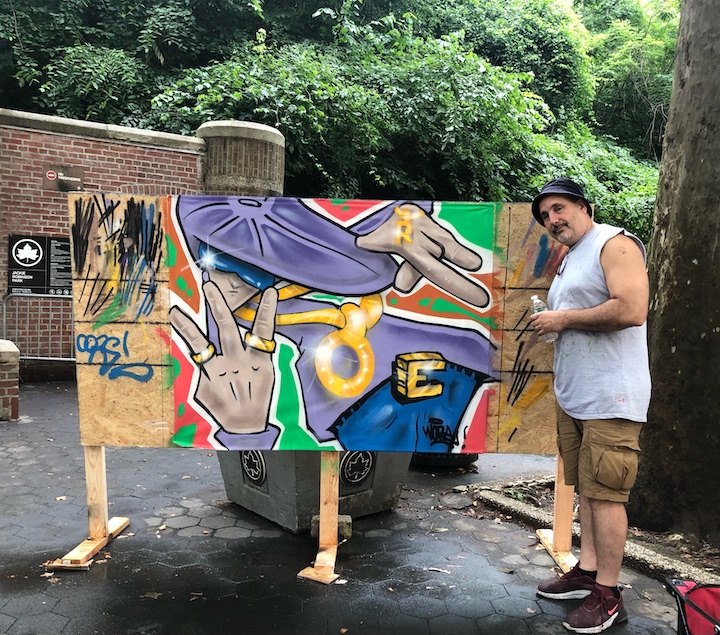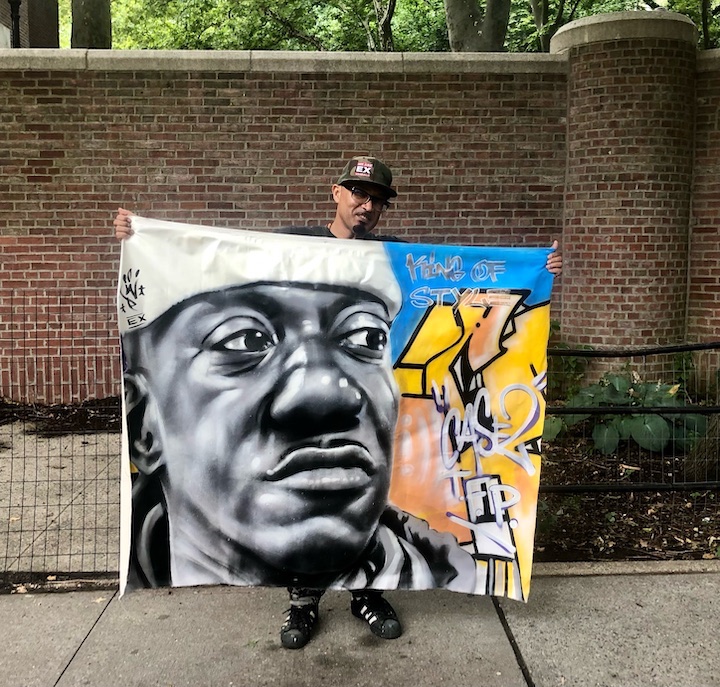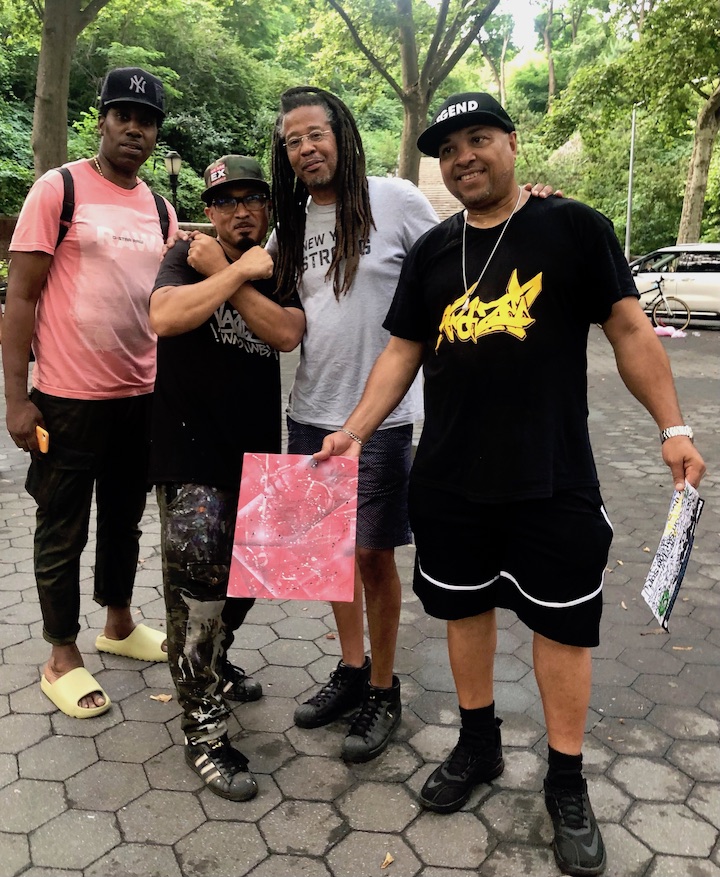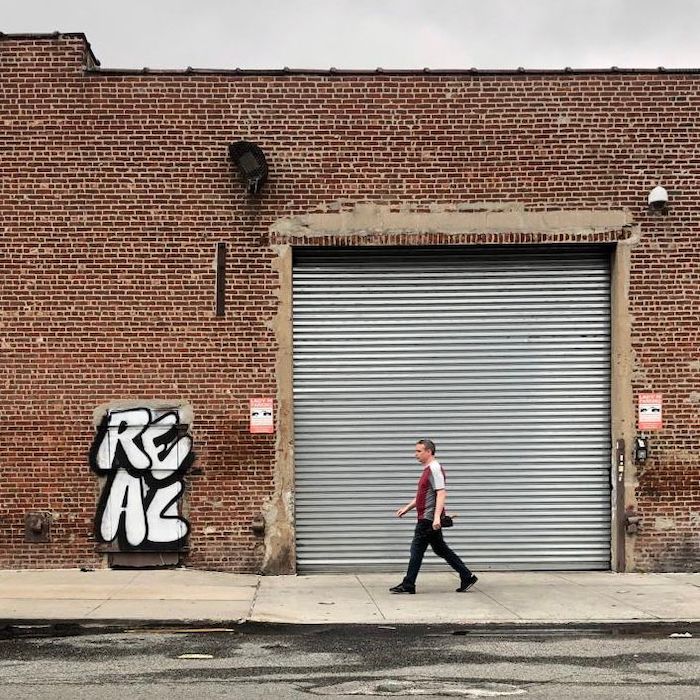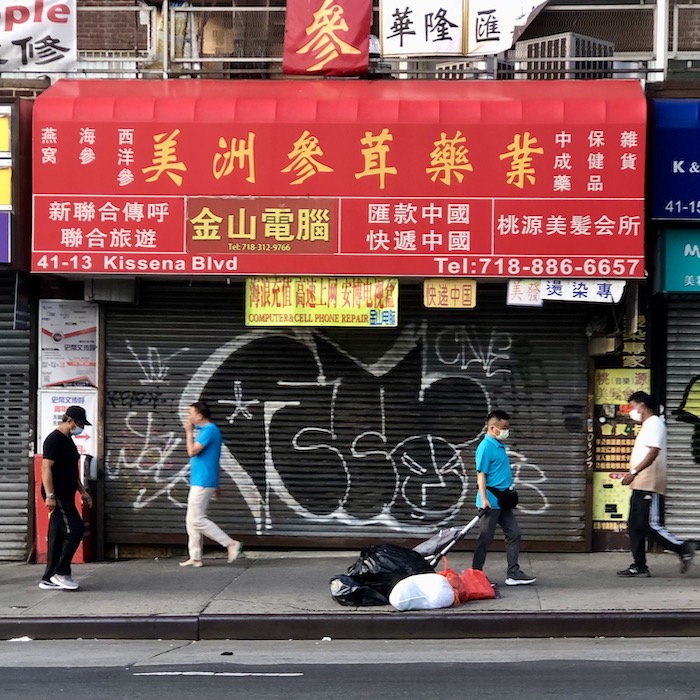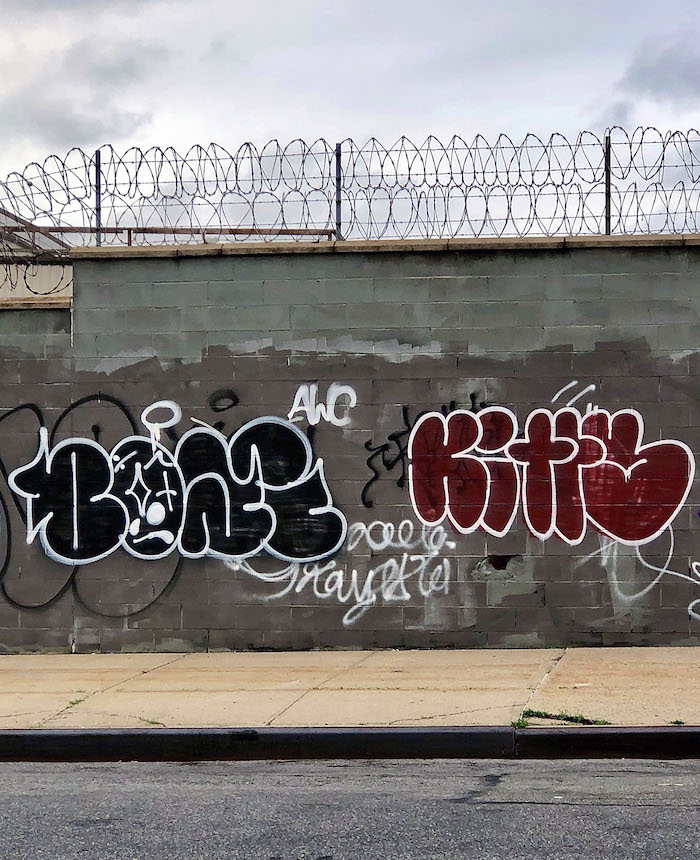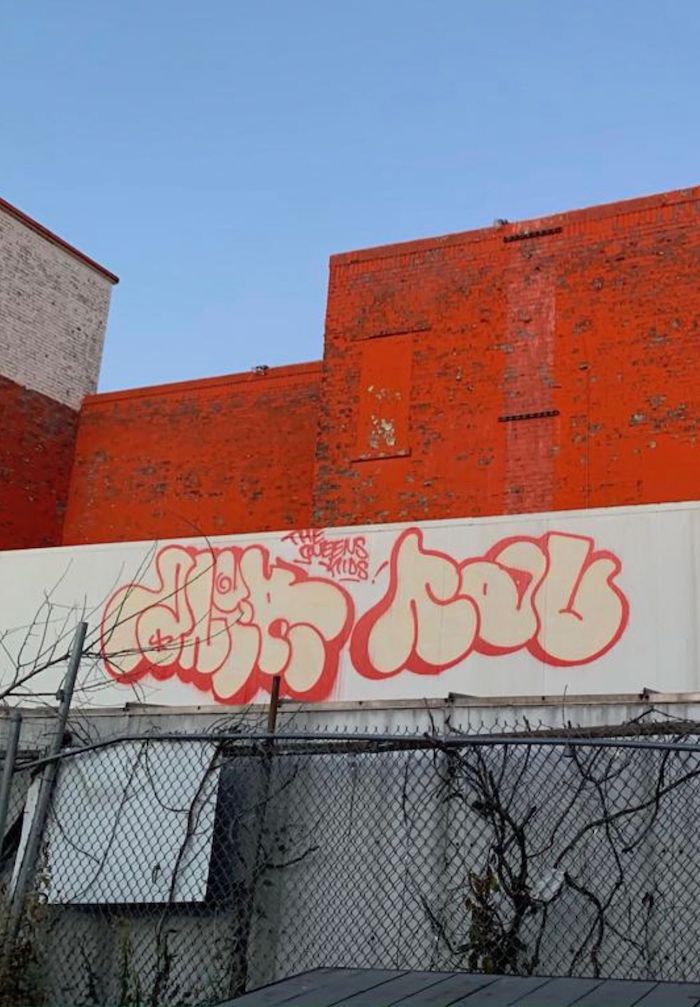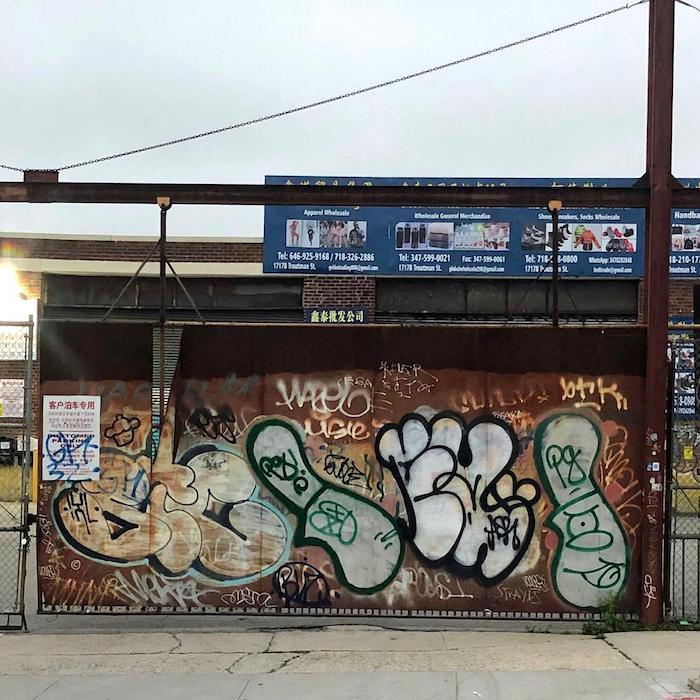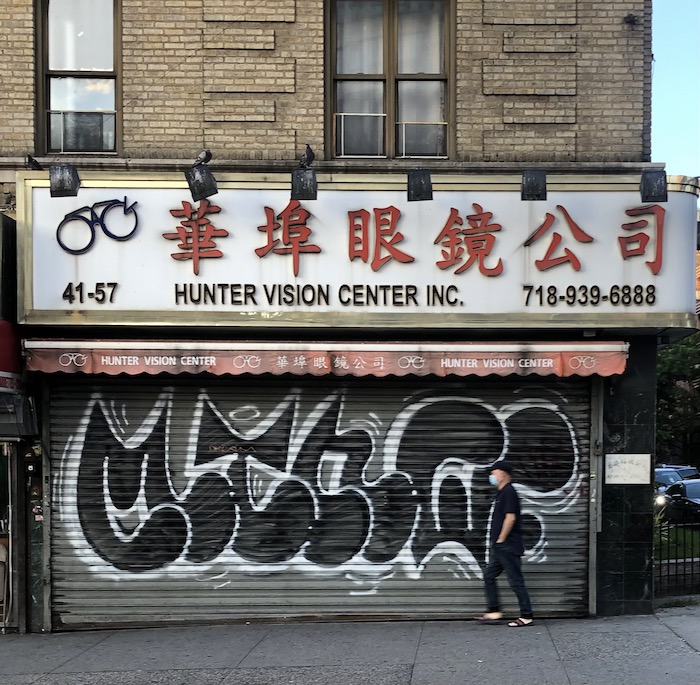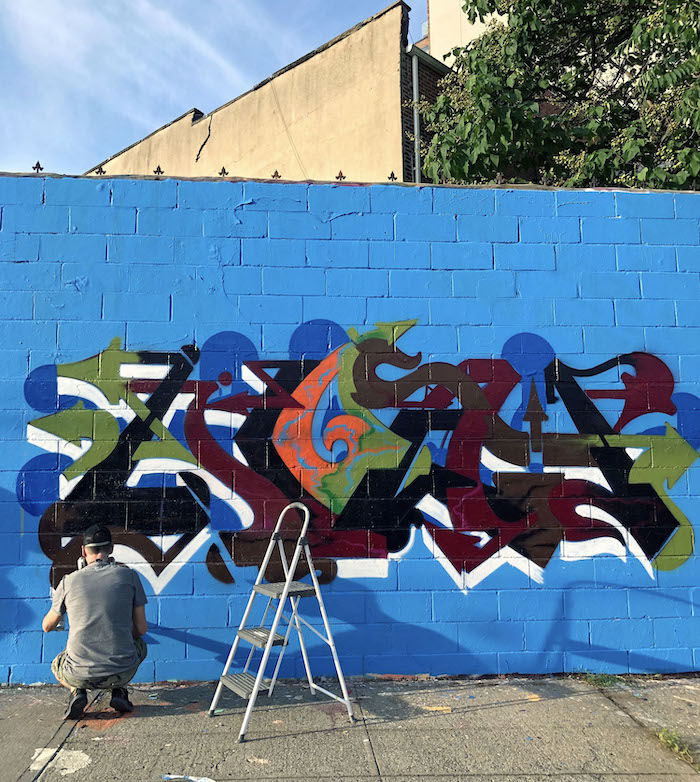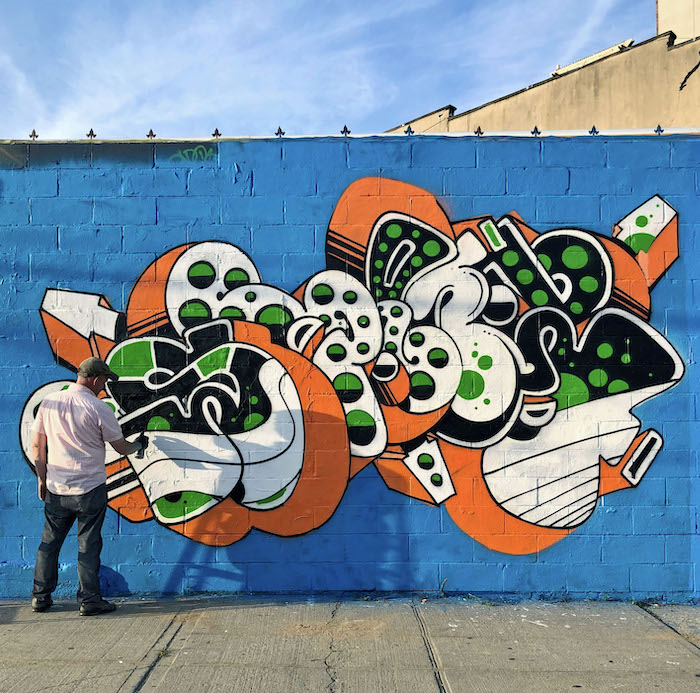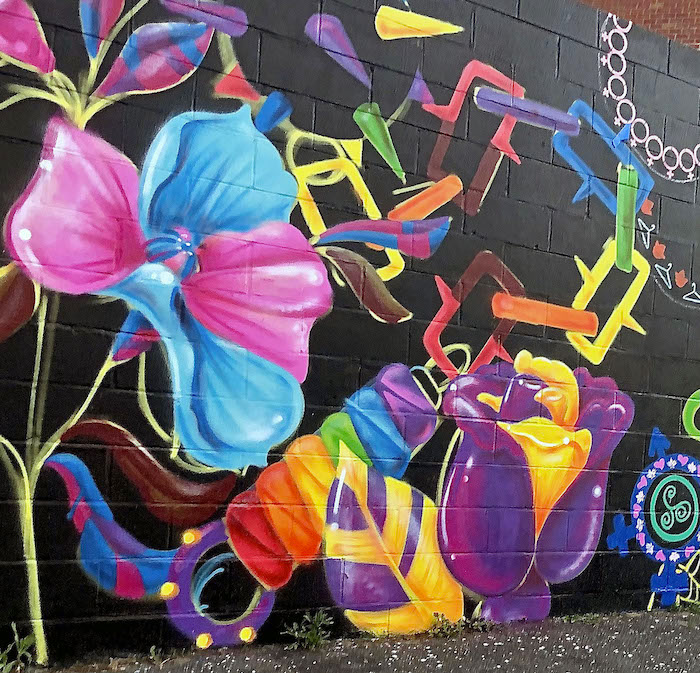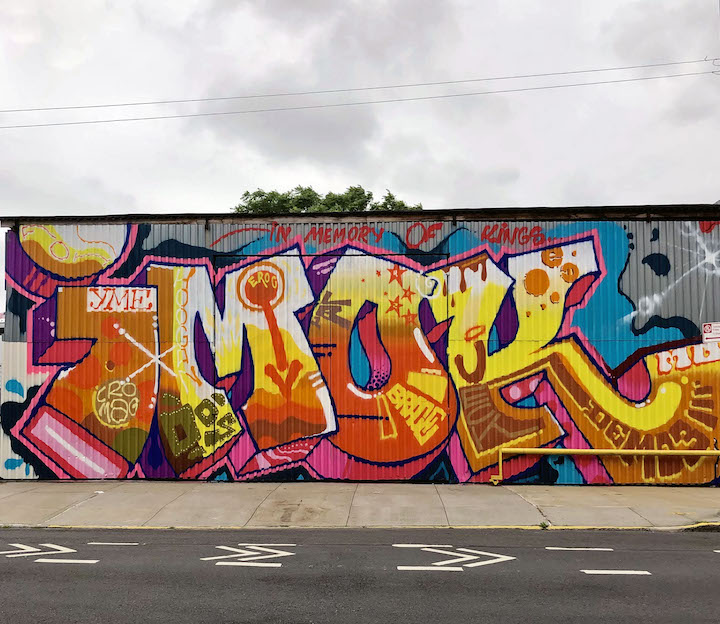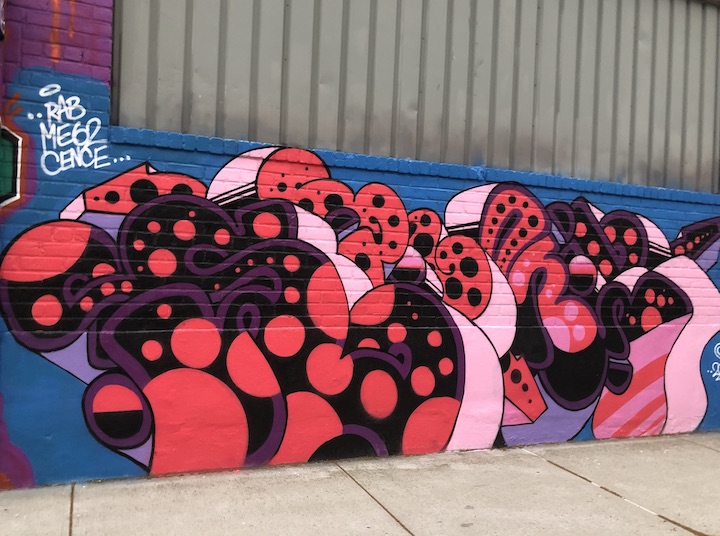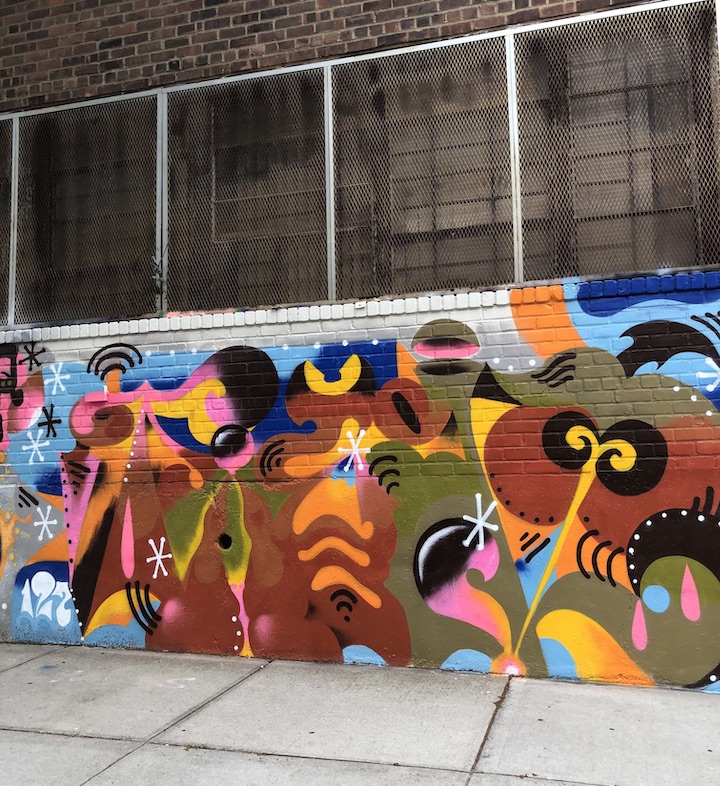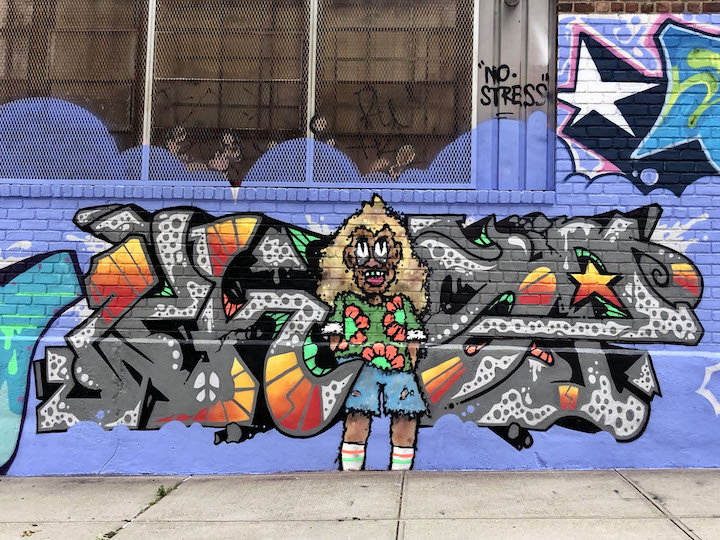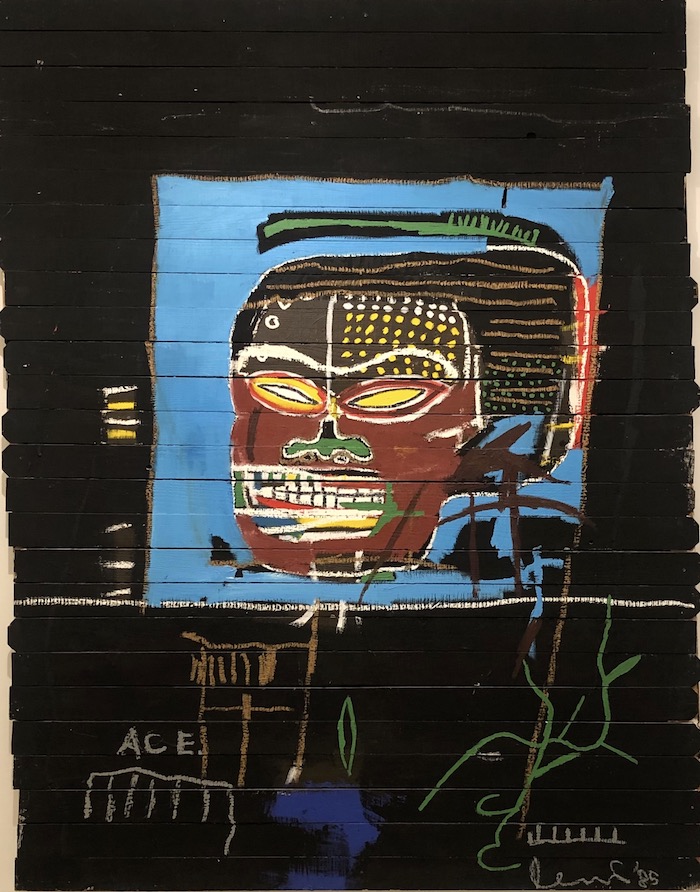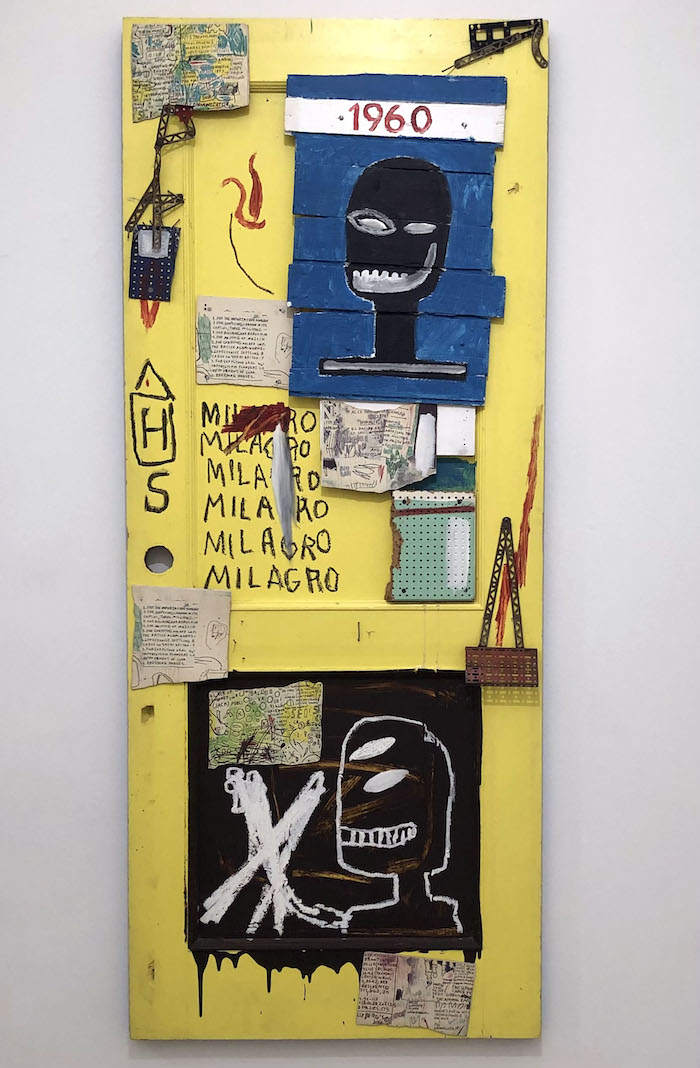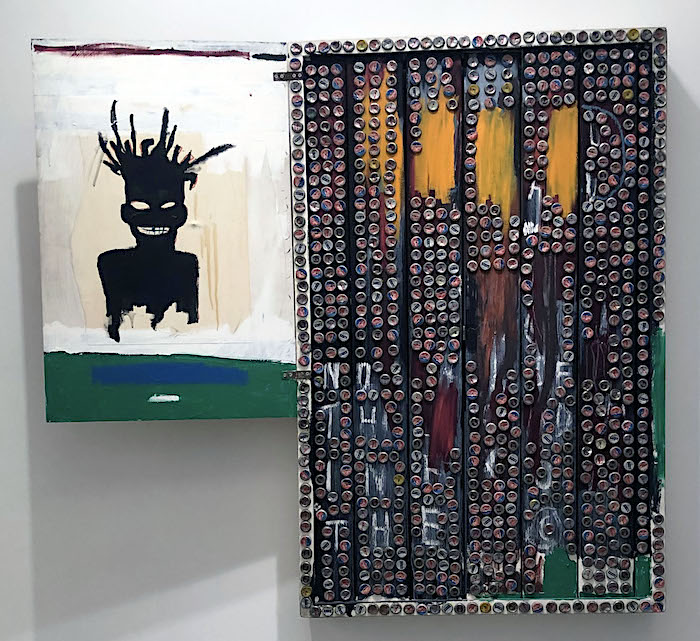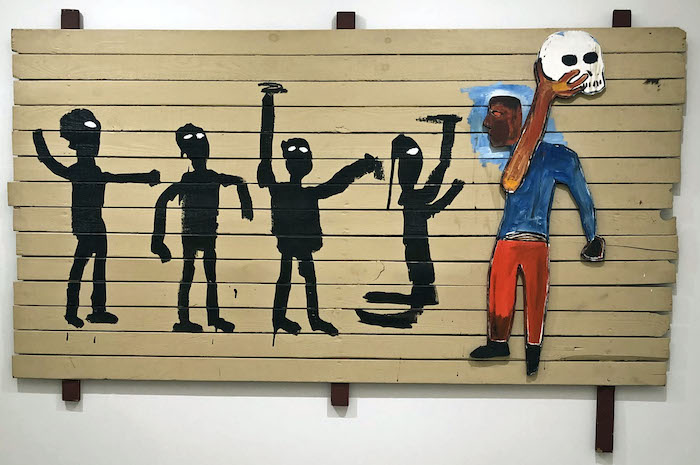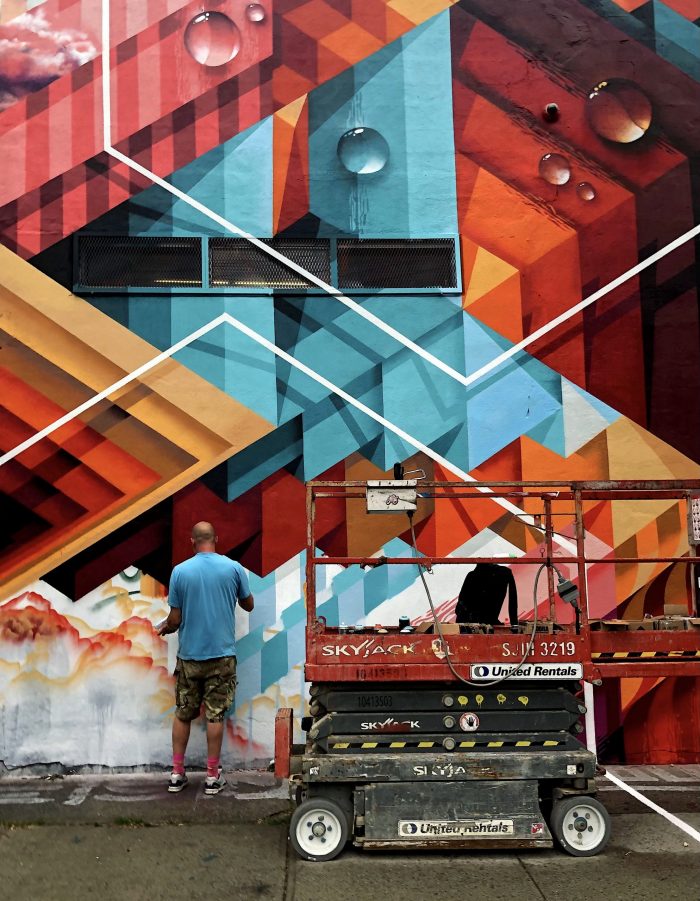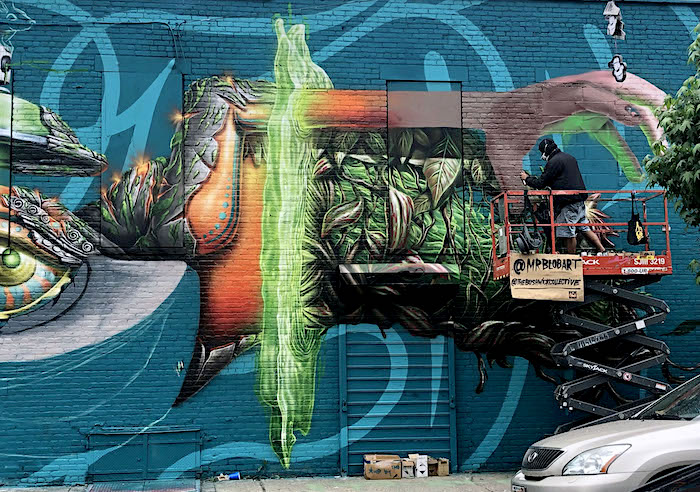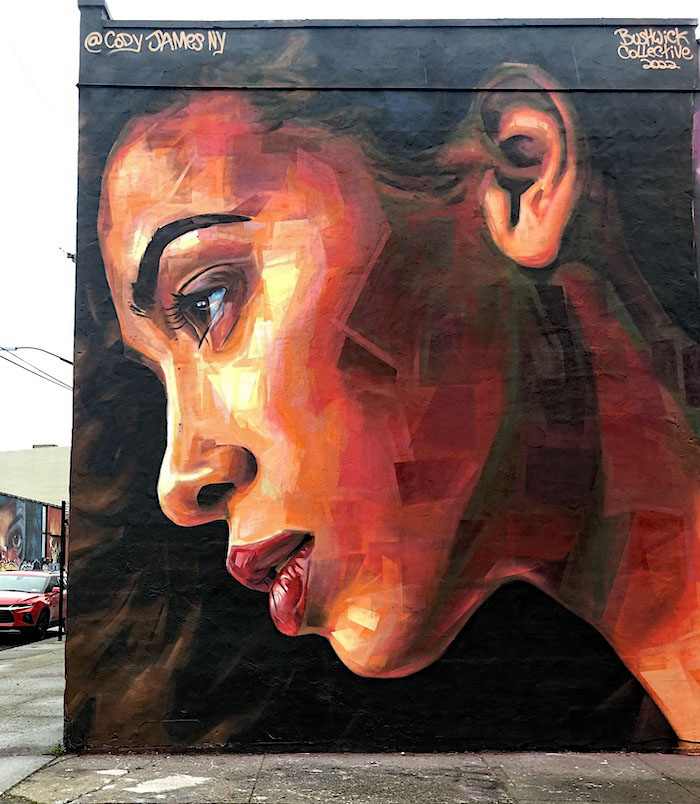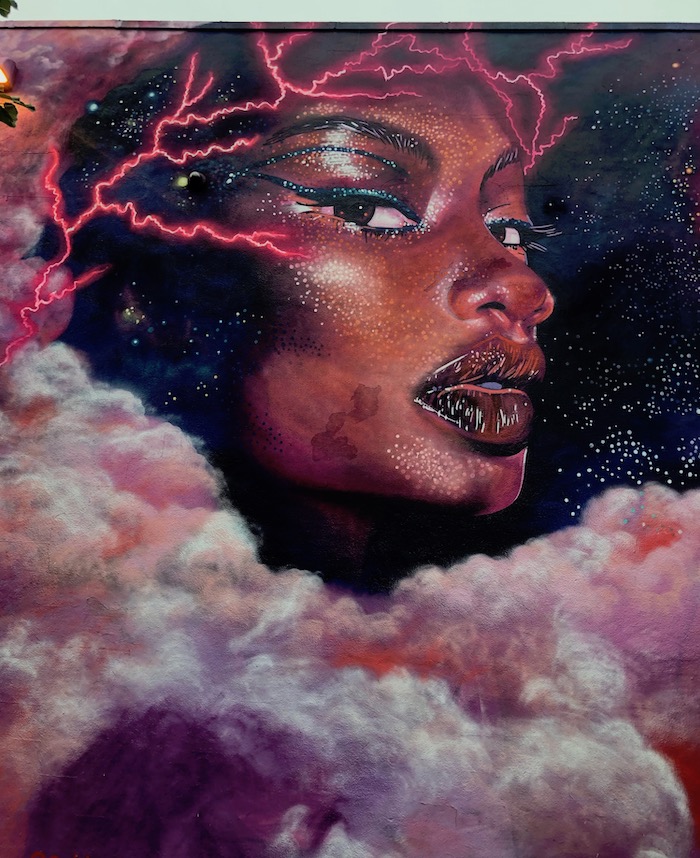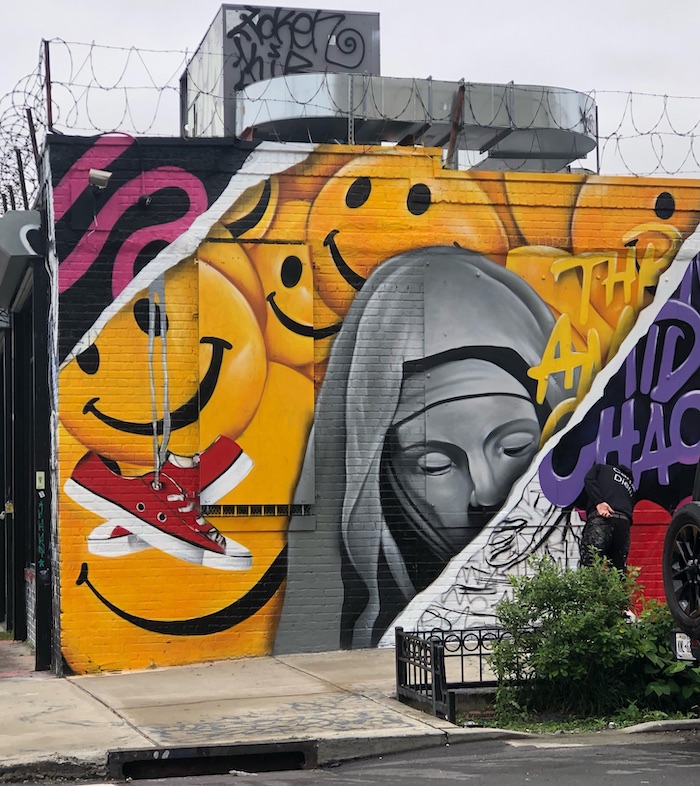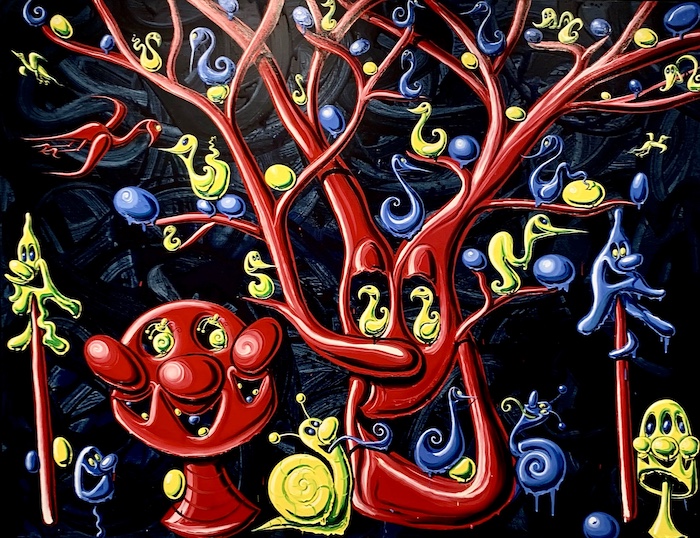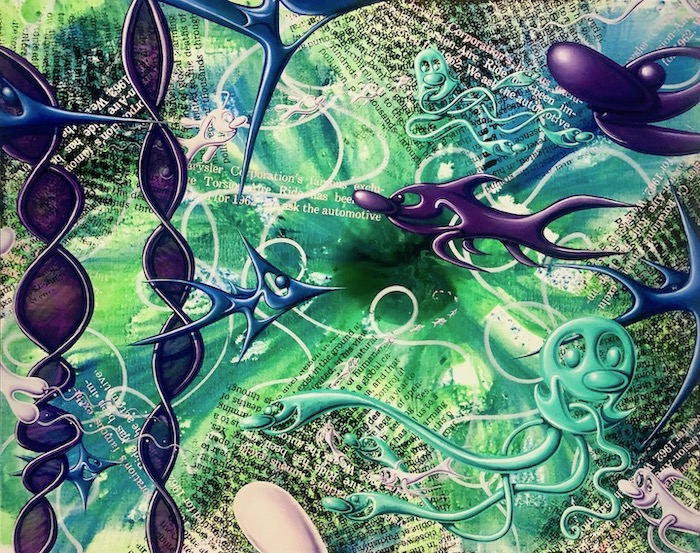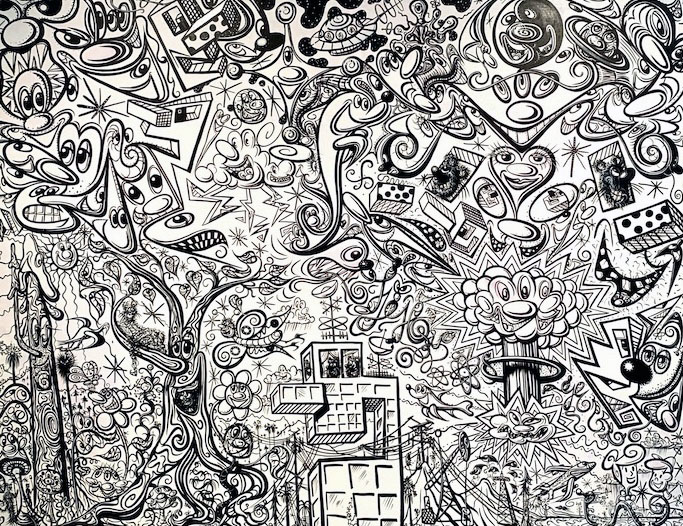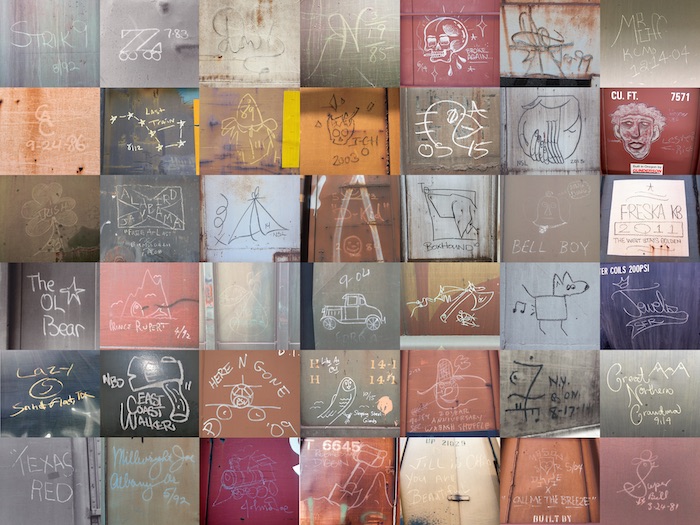
In June 2018, Ohio’s Massillon Museum hosted “Moniker: Identity Lost & Found,” an exhibition featuring a distinctly remarkable documentation of mark-making and monikers, a grassroots movement which began in rail yards in the late nineteenth century. An exhibition catalog published at the time sold out almost immediately. This month heralds the release of a second edition in softcover format of Moniker: Identity Lost & Found in conjunction and cooperation with the Black Butte Center For Railroad Culture and its current exhibit, End Of The Line.
Published by Burn Barrel Press, the just-released Moniker: Identity Lost and Found features 148 full-color pages of rare archival documents, photographs, and artwork, along with a glossary of relevant terms. A fascinating foray into a distinctly American subculture of ephemeral artworks, it also offers a glimpse into many of these artists’ minds in their own voices. What follows is a sampling of images from the pages of this significant book as it brilliantly introduces us to an art form that is often overlooked by so many, including us graffiti and street art aficionados.
Who is This J.B. King? – from The Saturday Evening Post article by Jean Muir, May 1945 — referencing the prodigious “writer” J. B. King, who was identified by his loopy scrawl

20,000th mark, 2002, From the collection of Smokin’ Joe
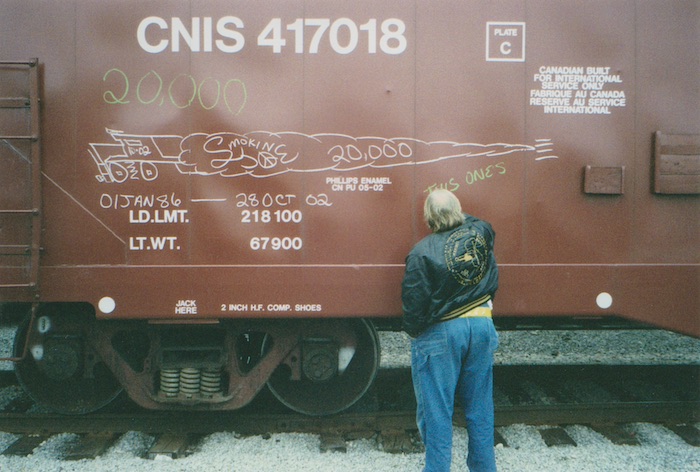
Writing implements, courtesy of Scot Phillips

Hoboe’s (sic) Directory, Nevada; 1910 Special Collections, University of Nevada, Reno Library, University Archives, (UNRS-P2017-07)

I Want to Be a Boss. Photograph by Sally and Jerry Romotsky, 1969. 35mm color transparency. Rail worker graffiti under the Fourth Street Bridge in Los Angeles. Courtesy Sally and Jerry Romotsky

Matokie Slaughter – Photo by Kurt Tors
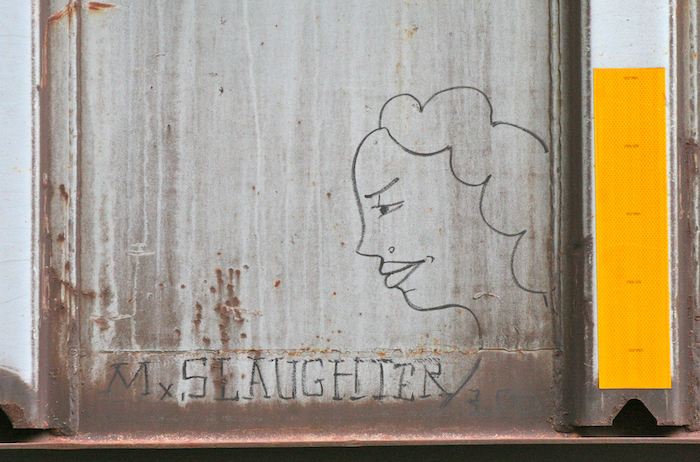
You can order the paperback edition of the hugely informative and entertaining Moniker: Identity Lost & Found here.
